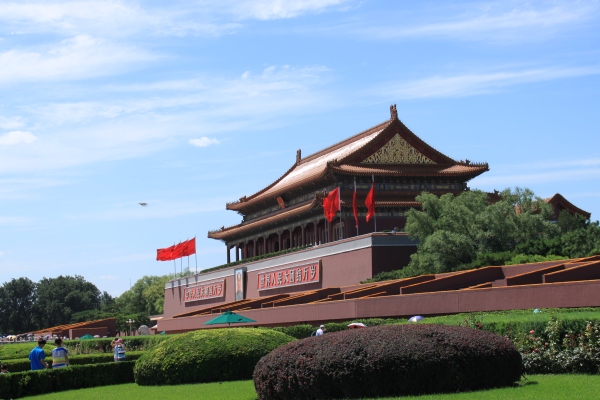
The Forbidden City, called in Chinese Zijin Cheng or Gugong is located in the heart of Beijing and was the Chinese Imperial Palace from the Ming Dynasty to the Qing Dynasty.
The entire city consists of 980 buildings that cover 720.000 m2 and was built between the years 1402-1420. The Forbidden City was the main political and ceremonial center of the Chinese government and shows a traditional imperial architecture. It was declared in 1987 a World Heritage by the UNESCO and is by the way, the biggest wooden structure in the world.
The City has the Palace Museum inside which shows ancient Chinese objects such as paintings, porcelain vases, lamps and furniture with a Chinese imperial design. If we refer to the description, the Forbidden City is a rectangle of 961 metres from north to south and covers exactly 753 metres from east to west. The corners of the City touch the south of the Tiananmen Square and the north is extended up to the Jingshan Hill and the Bell and Drum Towers.
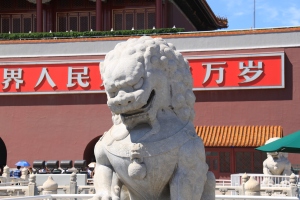
The Forbidden City has been the Home palace of 24 emperors and the political center of China until the abdication of Puyi in 1912 who was the last emperor of the country. The construction of the entire City lasted 15 years, and required more than a million workers. They used as materials whole logs of precious Phoebe zhennan wood, blocks of marble and golden bricks for the major halls. The Forbidden City was the palace of the emperors of the Ming Dynasty during 1420-1644 until it was captured by Li Zicheng of the Shun Dynasty who proclaimed himself emperor. Under the Qing Dynasty change some aspects of the Forbidden City like for example some buildings in order to create harmony with a mix of Shamanist elements. During the Second Opium War in 1840 the Forbidden City was toke by Anglo-French forces until the end of the war.
The Forbidden City has an outer court used for religious ceremonies and an inner court which was the residential area of the emperor and his family. The most important buildings are situated on the central north-south part of the City.
If you enter from the Meridian gate you will be able to see the five rivers that cross the first inner square before the Hall of Supreme Harmony which rises 30 metres. Three halls stand on top of this terrace, the focus of the palace complex. The Hall of Central peace is a smaller square inside the Forbidden City and was the place for the emperors to be prepared for the ceremonies.
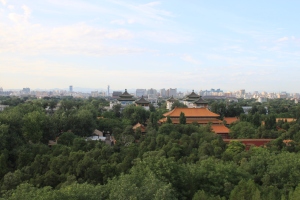
In the center of the Inner court you will find a set of three halls: the Palace of Heavenly Purity, the Hall of Union and The Palace of the Earthly Tranquility which were the official residence courtyards of the royal family.
The emperor lived in the Palace of Heavenly Purity while the empress occupied the Palace of Earthly Tranquility. Between both Courtyards you will stay in the perfect mixed of Yin-Yang harmony.
If you like to visit the Forbidden City:
Opening hours:
From 8:30 to 16:30 (Nov. 1 – March 31)
*Tickets are not available after 15:30 and the last entry is at 15:40.
From 8:30 to 17:00 (Apr. 1- Oct.31)
*Tickets are not available after 16:00 and the last entry is at 16:10.
Price: CNY 40 (Nov. 1 to the next Mar. 31)
CNY 60 (Apr. 1 to Oct. 31)
CNY 10 for the Treasure Gallery and CNY 10 for the Clock and Watch Gallery
Transport:
Subway Line 1: Tiananmen West or Tiananmen East Station, walk north through the Tiananmen Tower (Gate of Heavenly Peace), and then you’ll find the Meridian Gate (south gate)
Subway Line 2: Qianmen Station and walk north through the Tiananmen Tower.
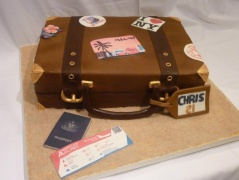
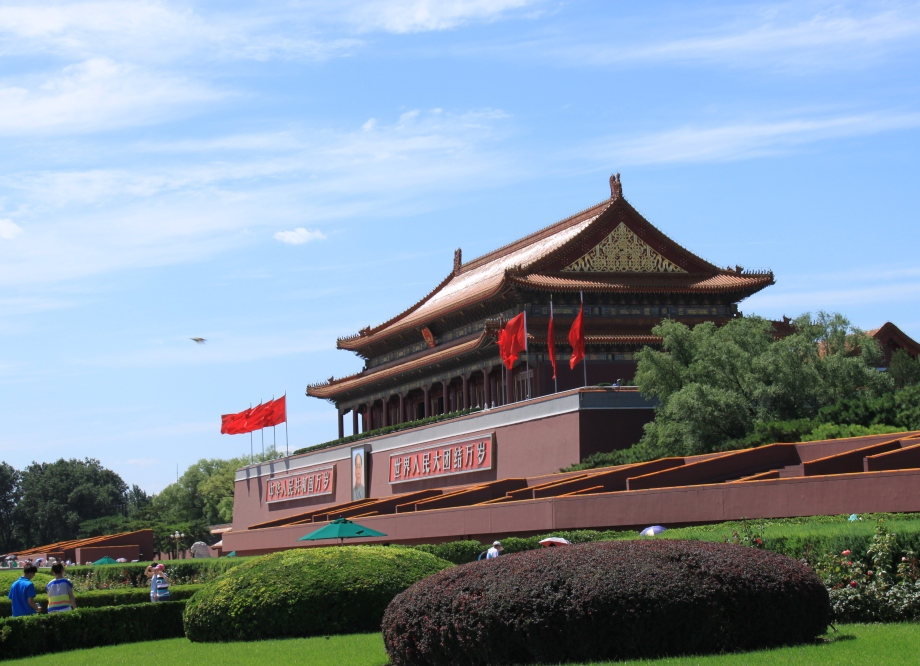
Reblogueó esto en Aprende Chino Mandaríny comentado:
Preciosa la ciudad perdida.